By Matthew B. Harrison
TALKERS, VP/Associate Publisher
Harrison Media Law, Senior Partner
Goodphone Communications, Executive Producer
 In radio and podcasting, editing isn’t just technical – it shapes narratives and influences audiences. Whether trimming dead air, tightening a guest’s comment, or pulling a clip for social media, every cut leaves an impression.
In radio and podcasting, editing isn’t just technical – it shapes narratives and influences audiences. Whether trimming dead air, tightening a guest’s comment, or pulling a clip for social media, every cut leaves an impression.
But here’s the legal reality: editing also creates risk.
For FCC-regulated broadcasters, that risk isn’t about content violations. The FCC polices indecency, licensing, and political fairness – not whether your edit changes a guest’s meaning.
For podcasters and online creators, the misconception is even riskier. Just because you’re not on terrestrial radio doesn’t mean you’re free from scrutiny. Defamation, false light, and misrepresentation laws apply to everyone — whether you broadcast on a 50,000-watt signal or a free podcast platform.
At the end of the day, it’s not the FCC that will hold you accountable for your edits. It’s a judge.
1. Alex Jones and the $1 Billion Lesson
Alex Jones became infamous for promoting conspiracy theories on Infowars, especially his repeated claim that the Sandy Hook shooting was a hoax – supported by selectively aired clips and distorted facts.
The result? Nearly $1 billion in defamation verdicts after lawsuits from victims’ families.
Takeaway: You can’t hide behind “just asking questions” or “it was my guest’s opinion.” If your platform publishes it – over the airwaves or online – you’re legally responsible for the content, including how it’s edited or framed.
2. Katie Couric and the Gun Rights Group Edit
In “Under the Gun,” filmmakers inserted an eight-second pause after Katie Couric asked a tough question, making it seem like a gun rights group was stumped. In reality, they had answered immediately.
The group sued for defamation. The case was dismissed, but reputations took a hit.
Takeaway: Even subtle edits – like manufactured pauses – can distort meaning and expose creators to risk.
3. FOX News and the Dominion Settlement
FOX News paid $787 million to Dominion Voting Systems after airing content suggesting election fraud – often based on selectively edited interviews and unsupported claims.
Though FOX is (among other things) a cable network, the impact shook the media world. Broadcasters reassessed risks, host contracts, and editorial practices.
Takeaway: Major networks aren’t the only ones at risk. Radio hosts and podcasters who echo misleading narratives may face similar legal consequences.
4. The Serial Podcast and the Power of Editing
“Serial” captivated millions by exploring Adnan Syed’s murder conviction. While no lawsuit followed, critics argued the producers presented facts selectively to build a certain narrative.
Takeaway: Even without a lawsuit, editing shapes public perception. Misleading edits may not land you in court but can damage trust and invite scrutiny.
Whether you’re behind a radio microphone or a podcast mic, your editing decisions carry weight – and legal consequence.
The FCC might care if you drop an indecent word on air, but they won’t be the ones suing you when a guest claims you twisted their words. That’s civil law, where defamation, false light, and misrepresentation have no broadcast exemption.
There’s one set of rules for editing that every content creator lives by – and they’re written in the civil courts, not the FCC code.
Edit with care.
Matthew B. Harrison is a media and intellectual property attorney who advises radio hosts, content creators, and creative entrepreneurs. He has written extensively on fair use, AI law, and the future of digital rights. Reach him at Matthew@HarrisonMediaLaw.com or read more at TALKERS.com.
Share this with your network
![]() U.S. Other takeaways include: Listeners aged 18-34 spend 32% of their daily ad-supported audio time with podcasts; and podcasts consistently drive top funnel advertising impact. Nielsen says its Podcast Brand Impact Database draws on nearly 2,000 case studies and shows that podcast ads continue to drive strong brand awareness, motivate listeners to learn more, and purchase products. See the full report here.
U.S. Other takeaways include: Listeners aged 18-34 spend 32% of their daily ad-supported audio time with podcasts; and podcasts consistently drive top funnel advertising impact. Nielsen says its Podcast Brand Impact Database draws on nearly 2,000 case studies and shows that podcast ads continue to drive strong brand awareness, motivate listeners to learn more, and purchase products. See the full report here.


 (NMI).” Nielsen adds, “As podcast listenership continues to grow, it is critical for advertisers to have sophisticated tools and data to effectively plan, measure and optimize their audio investments. Nielsen Podcast Fusion in NMI will provide an even more holistic view of media planning and help users uncover valuable insights and demonstrate the effectiveness of their campaigns. NMI users will also be able to optimize media plans by specific podcast networks and genres, as well as top podcast programs.” NPR and Ocean Media are among the charter subscribers at launch.
(NMI).” Nielsen adds, “As podcast listenership continues to grow, it is critical for advertisers to have sophisticated tools and data to effectively plan, measure and optimize their audio investments. Nielsen Podcast Fusion in NMI will provide an even more holistic view of media planning and help users uncover valuable insights and demonstrate the effectiveness of their campaigns. NMI users will also be able to optimize media plans by specific podcast networks and genres, as well as top podcast programs.” NPR and Ocean Media are among the charter subscribers at launch. exploring the audio strategies behind real business success to provide behind-the-scenes insights, creative inspiration, and tips from brands that are scaling with sound. Topics being addressed include: 1) What makes audio such an effective channel for performance and brand-building. 2) How local advertisers are using radio to stand out and win more wallet share. 3) Why podcast hosts have become some of the most trusted voices in advertising. And 4) Lessons learned: real-world advice from brands turning listeners into loyal customers.
exploring the audio strategies behind real business success to provide behind-the-scenes insights, creative inspiration, and tips from brands that are scaling with sound. Topics being addressed include: 1) What makes audio such an effective channel for performance and brand-building. 2) How local advertisers are using radio to stand out and win more wallet share. 3) Why podcast hosts have become some of the most trusted voices in advertising. And 4) Lessons learned: real-world advice from brands turning listeners into loyal customers. 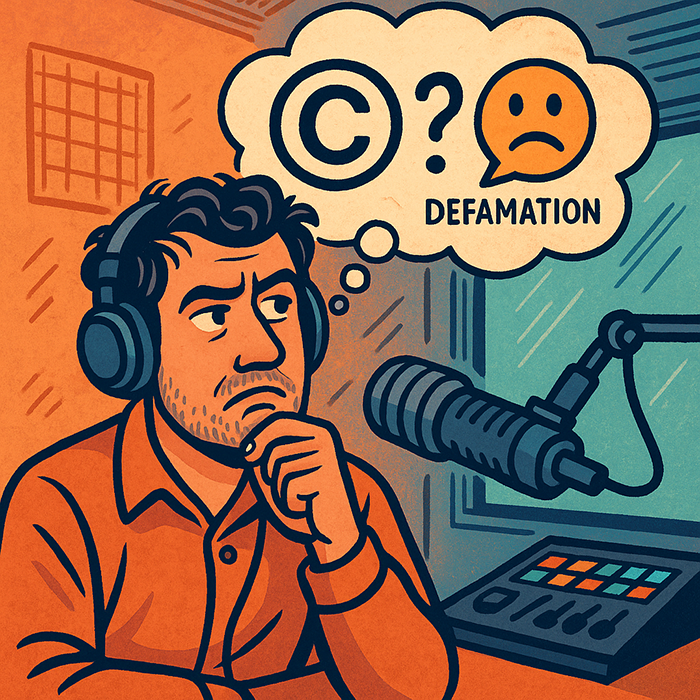
 A radio (or video podcast) host grabs a viral clip, tosses in some sharp commentary, and shares it online. The goal? Make some noise. The result? A takedown notice for copyright infringement – and then a letter threatening a defamation suit.
A radio (or video podcast) host grabs a viral clip, tosses in some sharp commentary, and shares it online. The goal? Make some noise. The result? A takedown notice for copyright infringement – and then a letter threatening a defamation suit. In radio and podcasting, editing isn’t just technical – it shapes narratives and influences audiences. Whether trimming dead air, tightening a guest’s comment, or pulling a clip for social media, every cut leaves an impression.
In radio and podcasting, editing isn’t just technical – it shapes narratives and influences audiences. Whether trimming dead air, tightening a guest’s comment, or pulling a clip for social media, every cut leaves an impression.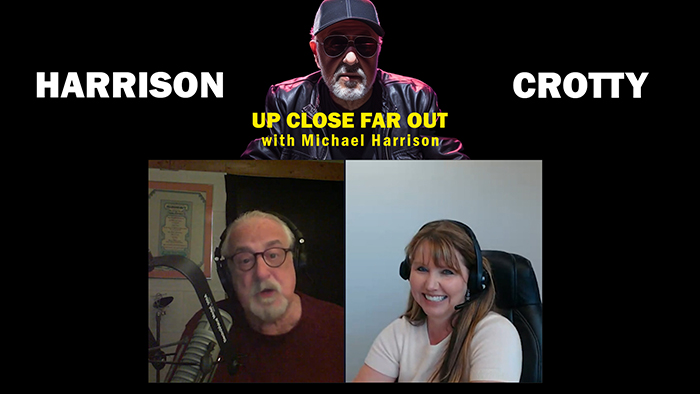
 marketers about perceived media effectiveness in which radio came in last place, behind all measured traditional and digital media types. According to Nielsen’s global ROI benchmarks, radio delivers the second highest return for advertisers, second only to social media. Nielsen’s ROI benchmarks show radio delivers higher returns for advertisers than all other other traditional media. While radio is perceived to be less effective than digital media, it delivers an ROI +30% higher than video and display, and +70% higher than search and CTV.
marketers about perceived media effectiveness in which radio came in last place, behind all measured traditional and digital media types. According to Nielsen’s global ROI benchmarks, radio delivers the second highest return for advertisers, second only to social media. Nielsen’s ROI benchmarks show radio delivers higher returns for advertisers than all other other traditional media. While radio is perceived to be less effective than digital media, it delivers an ROI +30% higher than video and display, and +70% higher than search and CTV. 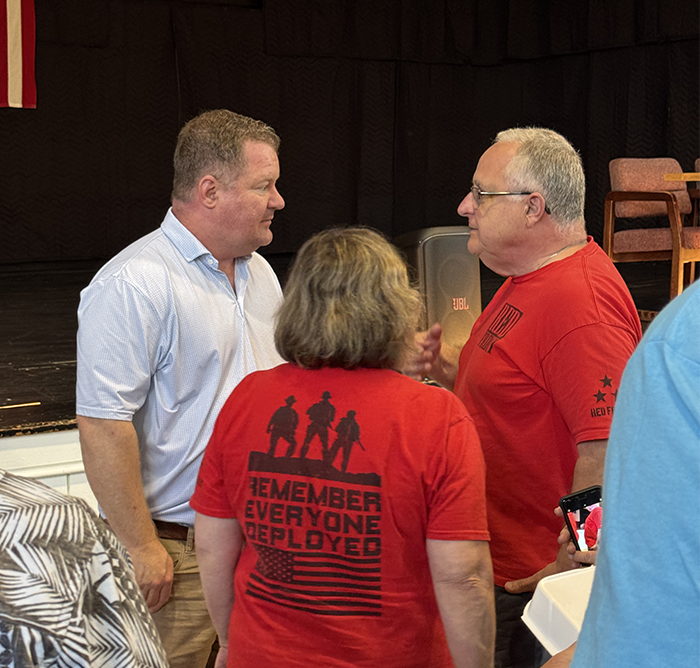
 hold the seat through the end of the year. However, he faces a June primary and, if successful, then a November general election to remain in office into 2026. Morano tells TALKERS, “We have another election in June, but I’m hoping to stay on the radio, whether it’s in my current time slot or another. I’m determined to stay on radio, even while doing the people’s work.”
hold the seat through the end of the year. However, he faces a June primary and, if successful, then a November general election to remain in office into 2026. Morano tells TALKERS, “We have another election in June, but I’m hoping to stay on the radio, whether it’s in my current time slot or another. I’m determined to stay on radio, even while doing the people’s work.” hosting a one-hour show airing Saturdays from 4:00 pm to 5:00 pm. Sterling spent 35 years as the voice of the Yankees prior to retiring last spring. Sterling says he is no stranger to sports talk radio having hosted a show on WMCA, New York during the 1970s.
hosting a one-hour show airing Saturdays from 4:00 pm to 5:00 pm. Sterling spent 35 years as the voice of the Yankees prior to retiring last spring. Sterling says he is no stranger to sports talk radio having hosted a show on WMCA, New York during the 1970s. 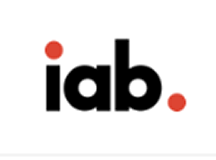 increasing 19.2% YoY to $62.1 billion, now accounting for 24% of total ad revenue, and that Podcast advertising revenues show a strong YoY growth of 26.4%, a significant acceleration from 5.5% last year. IAB adds, “This growth was fueled by shifting consumer media habits, with cord-cutting driving greater engagement with on-demand audio, and podcasts emerging as a key platform for political advertisers seeking to connect with voters ahead of the election.” Overall, digital audio – including podcasting – has continued to grow, earning $7.6 billion in revenue with an 8.5% YoY growth from FY23 which is a slowdown in growth compared to last year’s 18.9% rate. Podcasting however saw
increasing 19.2% YoY to $62.1 billion, now accounting for 24% of total ad revenue, and that Podcast advertising revenues show a strong YoY growth of 26.4%, a significant acceleration from 5.5% last year. IAB adds, “This growth was fueled by shifting consumer media habits, with cord-cutting driving greater engagement with on-demand audio, and podcasts emerging as a key platform for political advertisers seeking to connect with voters ahead of the election.” Overall, digital audio – including podcasting – has continued to grow, earning $7.6 billion in revenue with an 8.5% YoY growth from FY23 which is a slowdown in growth compared to last year’s 18.9% rate. Podcasting however saw  their business objectives through effective broadcast and digital advertising. The ideal candidate will possess excellent communication skills, have an enthusiastic and outgoing personality, along with a drive to succeed. Most importantly, we are looking for hard-working salespeople who want to have FUN at work, make money, and help local businesses grow.”
their business objectives through effective broadcast and digital advertising. The ideal candidate will possess excellent communication skills, have an enthusiastic and outgoing personality, along with a drive to succeed. Most importantly, we are looking for hard-working salespeople who want to have FUN at work, make money, and help local businesses grow.”  Radio sells advertisers our listeners’ attention. For a hundred years, our inventory has largely been commercials. Now, as our wandering audience leads us to more revenue channels, are we hooked on spots?
Radio sells advertisers our listeners’ attention. For a hundred years, our inventory has largely been commercials. Now, as our wandering audience leads us to more revenue channels, are we hooked on spots? During my tenure at NBC, once a month the division heads would meet at the behest of the CEO to report on their progress and trends in their sector. As the executive vice president of the FM division, I took a seat in that formidable group and tried to keep my remarks as brief as possible. What could I possibly say that would be more damn important than the words of the president of NBC News or the NBC Television network? In addition to NBC’s CEO, the CEO of owner RCA would often join the fun.
During my tenure at NBC, once a month the division heads would meet at the behest of the CEO to report on their progress and trends in their sector. As the executive vice president of the FM division, I took a seat in that formidable group and tried to keep my remarks as brief as possible. What could I possibly say that would be more damn important than the words of the president of NBC News or the NBC Television network? In addition to NBC’s CEO, the CEO of owner RCA would often join the fun. which is 19.6% of adults planning a new vehicle purchase. Among heavy radio listeners (those that listen more than 3 hours a day), that number jumps to 30%. That’s 53% stronger than the general market.” Forester says that podcasts are also a good genre for auto advertising. He says, “The multi-media analysis by The Media Audit revealed podcasts captured the interest of 30.1% of adults 18+ planning to buy a new vehicle in the next 12 months… 53% higher than the general market. Audio streaming does well at 22.7%… 16% higher than the general market” Forester concludes, “Automotive advertisers have a tremendous opportunity to leverage radio’s ability to connect with ready-to-buy consumers. Our data shows that radio not only drives awareness but also inspires action, making it an essential part of any automotive advertising strategy.”
which is 19.6% of adults planning a new vehicle purchase. Among heavy radio listeners (those that listen more than 3 hours a day), that number jumps to 30%. That’s 53% stronger than the general market.” Forester says that podcasts are also a good genre for auto advertising. He says, “The multi-media analysis by The Media Audit revealed podcasts captured the interest of 30.1% of adults 18+ planning to buy a new vehicle in the next 12 months… 53% higher than the general market. Audio streaming does well at 22.7%… 16% higher than the general market” Forester concludes, “Automotive advertisers have a tremendous opportunity to leverage radio’s ability to connect with ready-to-buy consumers. Our data shows that radio not only drives awareness but also inspires action, making it an essential part of any automotive advertising strategy.”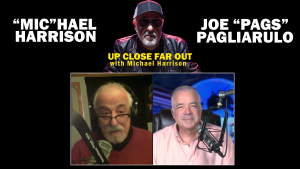
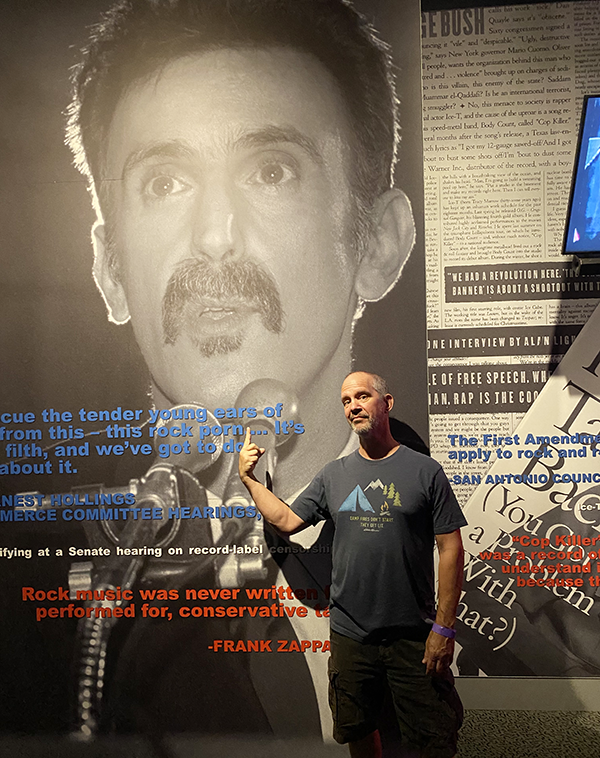
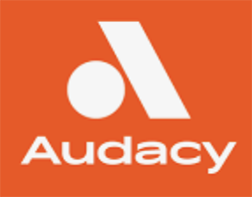 that partner with Audacy’s own sports talk stations. Some of the key takeaways from this study include: 1) Sports fans are 4x more likely to trust brands that support their teams; 2) Listeners are 4x more likely to catch a brand’s message on sports radio than on TV; 3) 73% of fans spend more time following their favorite teams on sports audio than sports-related digital media; and 4) Brands that advertise on Audacy sports stations enjoy a 40% lift in usage.
that partner with Audacy’s own sports talk stations. Some of the key takeaways from this study include: 1) Sports fans are 4x more likely to trust brands that support their teams; 2) Listeners are 4x more likely to catch a brand’s message on sports radio than on TV; 3) 73% of fans spend more time following their favorite teams on sports audio than sports-related digital media; and 4) Brands that advertise on Audacy sports stations enjoy a 40% lift in usage. 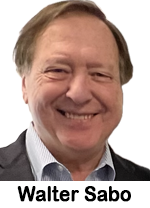 Wall Street investors do not put up money for traditional radio and television stations.
Wall Street investors do not put up money for traditional radio and television stations.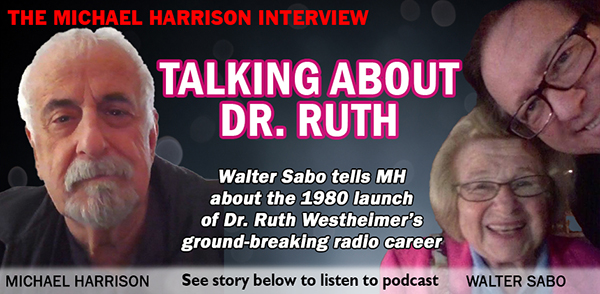
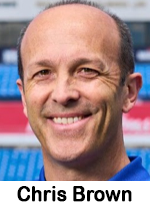 announcer last season, will continue as Bills Insider for the station, co-hosting “One Bills LIVE,” weekdays at 1:00 pm and simulcast on MSG Western New York. Audacy Buffalo SVP and market manager Tim Wenger says, “Chris is best suited to carry on the long tradition of informative, passionate and entertaining Bills play-by-play announcing. His decades-long knowledge of the organization will be invaluable as he assumes the play-by-play microphone.”
announcer last season, will continue as Bills Insider for the station, co-hosting “One Bills LIVE,” weekdays at 1:00 pm and simulcast on MSG Western New York. Audacy Buffalo SVP and market manager Tim Wenger says, “Chris is best suited to carry on the long tradition of informative, passionate and entertaining Bills play-by-play announcing. His decades-long knowledge of the organization will be invaluable as he assumes the play-by-play microphone.”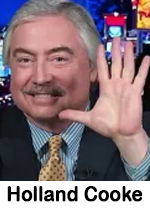 We – inside-the-box – live and breathe radio. Listeners have their hands full just living and breathing. Their day is time crunched and financially challenging, and we want to be its soundtrack.
We – inside-the-box – live and breathe radio. Listeners have their hands full just living and breathing. Their day is time crunched and financially challenging, and we want to be its soundtrack.